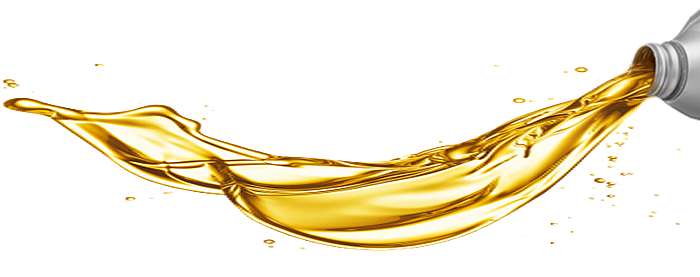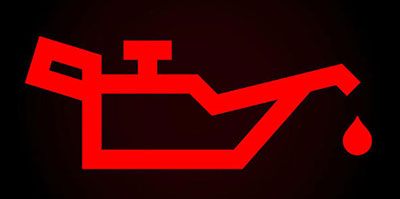
How Often Should I Change My Oil?
An important part of a car’s maintenance schedule is an engine oil change. An engine’s life can be shortened faster by missing oil changes. The primary function of oil is to cut friction. Oil changes should not ever be put off. Oil that is dirty or not there does not allow a vehicle to function properly. The damages can be costly, because it can be irreversible without an engine overhaul. It is a relatively simple service that should be done when it is due. It is cheaper to buy oil than to replace an engine.
However, it is confusing when an oil change is needed. The recommendations by quick lube shops speak to a wide audience; address cars of every age, every mileage, and all have different maintenance schedules. People have been convinced to stick to the 3,000-mile changes by several shops who are strong advocates driven by profit. These recommendations are not necessarily the ones your car needs, because there is not a one-size-fits all solution.
Most people sense their cars require an oil change when they see the low oil light come on. The light is an indicator that the oil level is low and is losing its ability to function properly. By then the damage is already occurring in the engine. Others go by the standard guideline for an oil change after 3,000 to 3,500 miles. This rule is old and no longer applies to cars purchased after 2000. Cars can go up to 10,000 miles or more before needing an oil change. Changing a car’s oil every 3,000 miles when not needed is not only harmful to the environment, but wastes money.

Advances in engineering have extended the oil life cycle for cars as our understanding on engines grows. Opinions keep changing with new technology in car manufacturing, engine science, and oil chemistry over time. Synthetic oil is recommended for some models by automakers. It extends the life cycle of oil. The life cycle can last from 7,000 to 10,000 miles in comparison to conventional oil. Oil life can be shortened by extreme heat, frequent cold starts, repeated short trips, and towing. Driving conditions can impact oil’s life and should be taken into consideration.
The best way to determine when an oil change is needed is to follow the car manufacturer’s recommended maintenance schedule. The oil intervals vary by engines and manufacturers. Oil change interval guidelines have been designed to keep a car running in good condition. Manufacturers make recommendations based on mild or severe driving conditions. This information can be found in the owner’s manual or on the manufacturer’s website. Maintenance indicators can measure the oil quality to determine life expectancy with an accurate assessment. The owner’s manual should be the main guide if a car is not equipped with a maintenance light or gauge.
Our Kia dealership can assist car owner’s to identify the optimal type and times to perform oil changes on a particular vehicle. Our dealership technicians are experts who will be more than happy to help. Every car is not the same and procrastinating on oil changes will run expensive over time. We will advise you based on the auto manufacturer’s recommendations. Our interests are not for you to suffer premature engine failure, but simply to provide optimal service you deserve.


![[Facebook]](https://www.crownkia.com/blogs/370/wp-content/plugins/bookmarkify/facebook.png)
![[LinkedIn]](https://www.crownkia.com/blogs/370/wp-content/plugins/bookmarkify/linkedin.png)
![[Twitter]](https://www.crownkia.com/blogs/370/wp-content/plugins/bookmarkify/twitter.png)
![[Yahoo!]](https://www.crownkia.com/blogs/370/wp-content/plugins/bookmarkify/yahoo.png)
![[Email]](https://www.crownkia.com/blogs/370/wp-content/plugins/bookmarkify/email.png)



 Warranties include 10-year/100,000-mile powertrain and 5-year/60,000-mile basic. All warranties and roadside assistance are limited. See retailer for warranty details.
Warranties include 10-year/100,000-mile powertrain and 5-year/60,000-mile basic. All warranties and roadside assistance are limited. See retailer for warranty details.